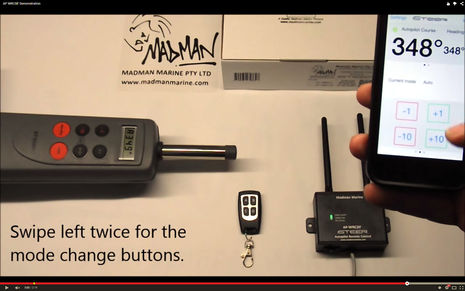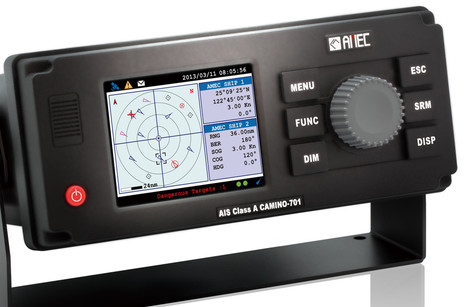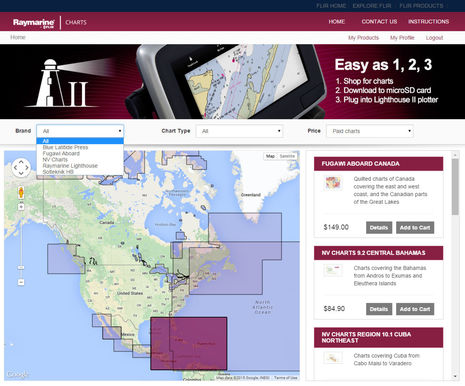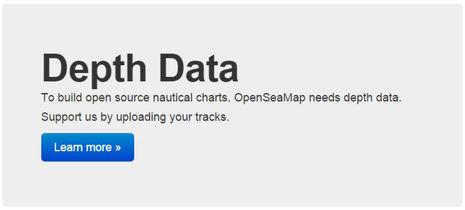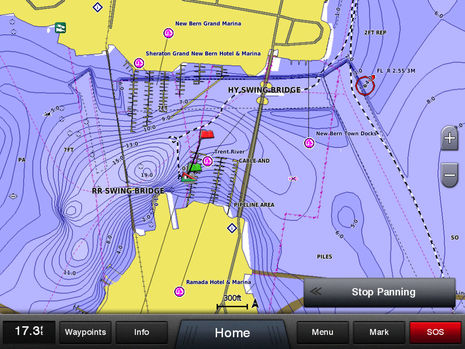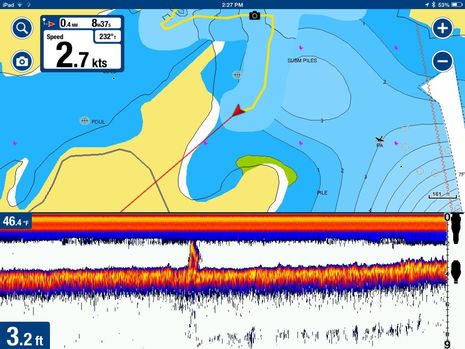2 new “standalone” 7-inch MFDs: Simrad Go7 and B&G Vulcan V7
The brand new Simrad Go7 looks like an all-glass version of the Simrad NSS7 evo2 Combo, but its design may actually define an interesting new “standalone” glass bridge MFD style that trades some of...




